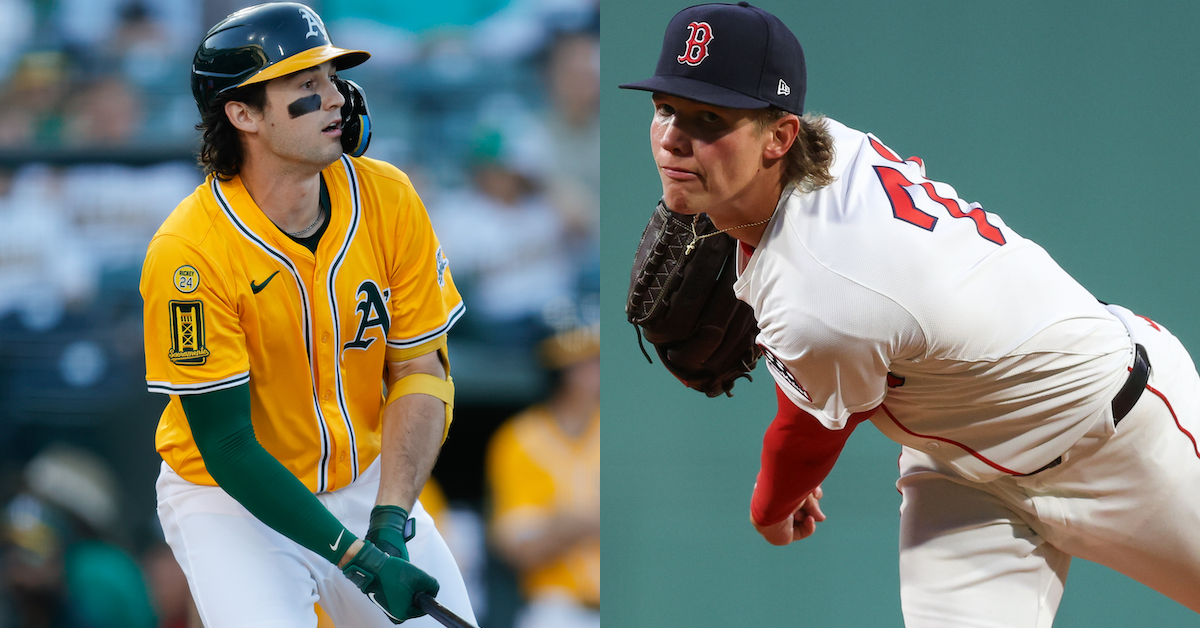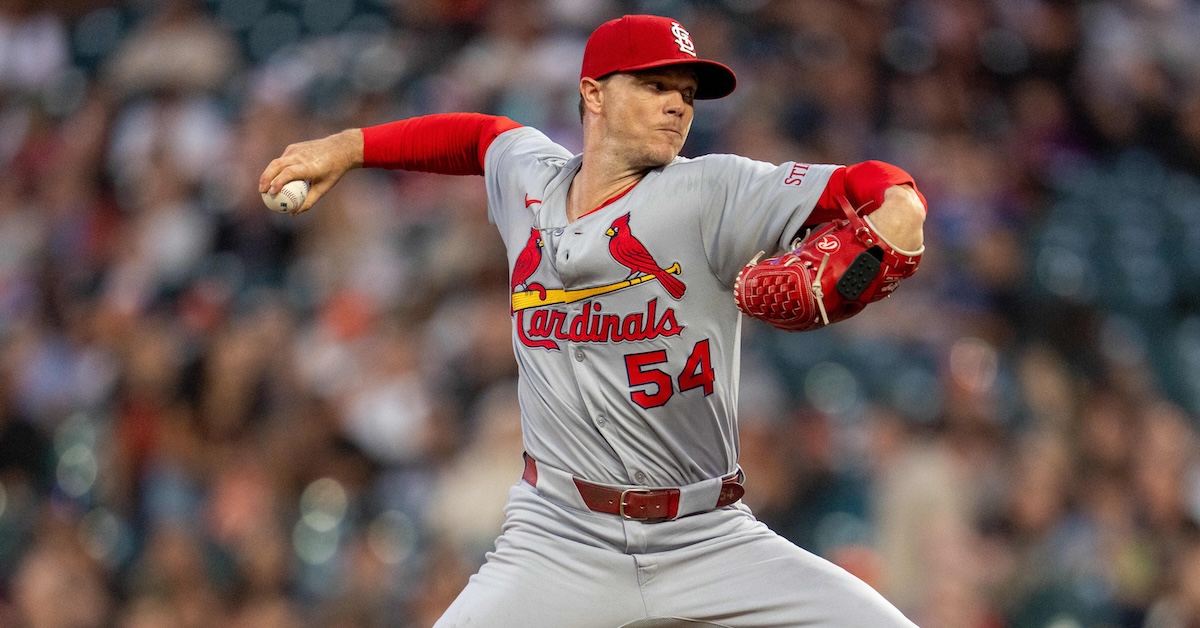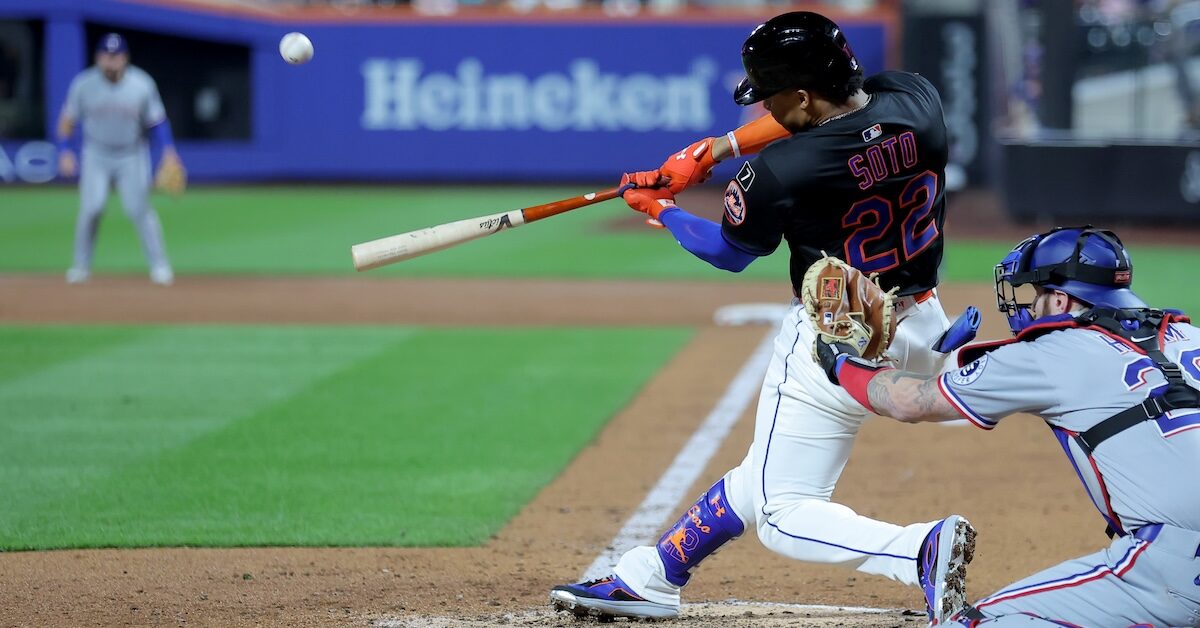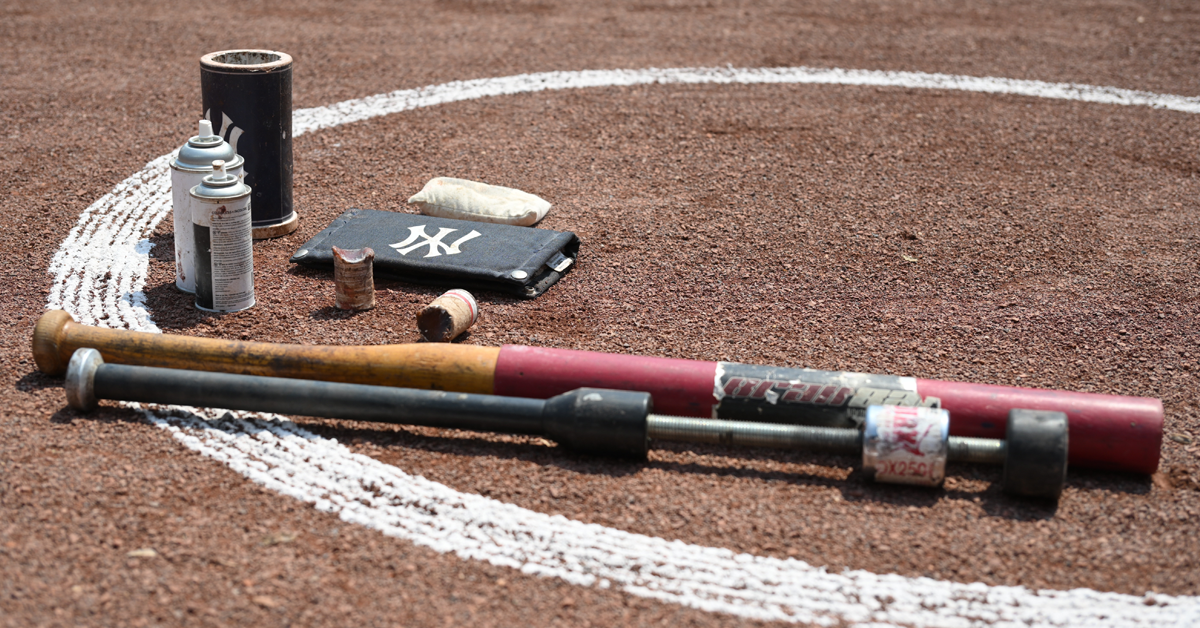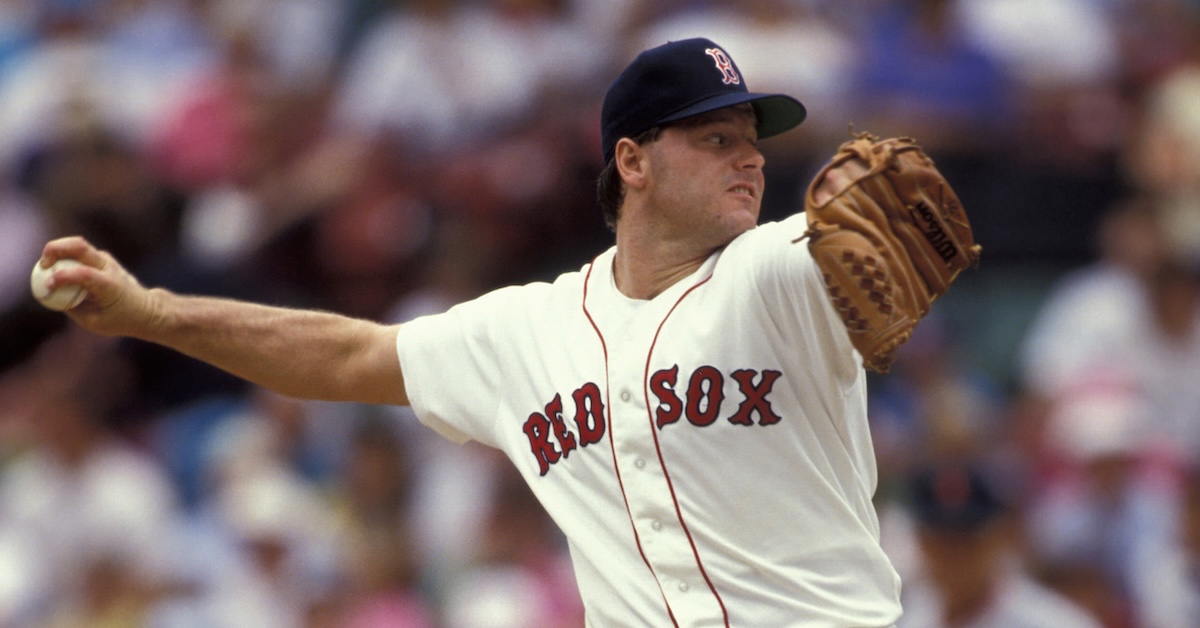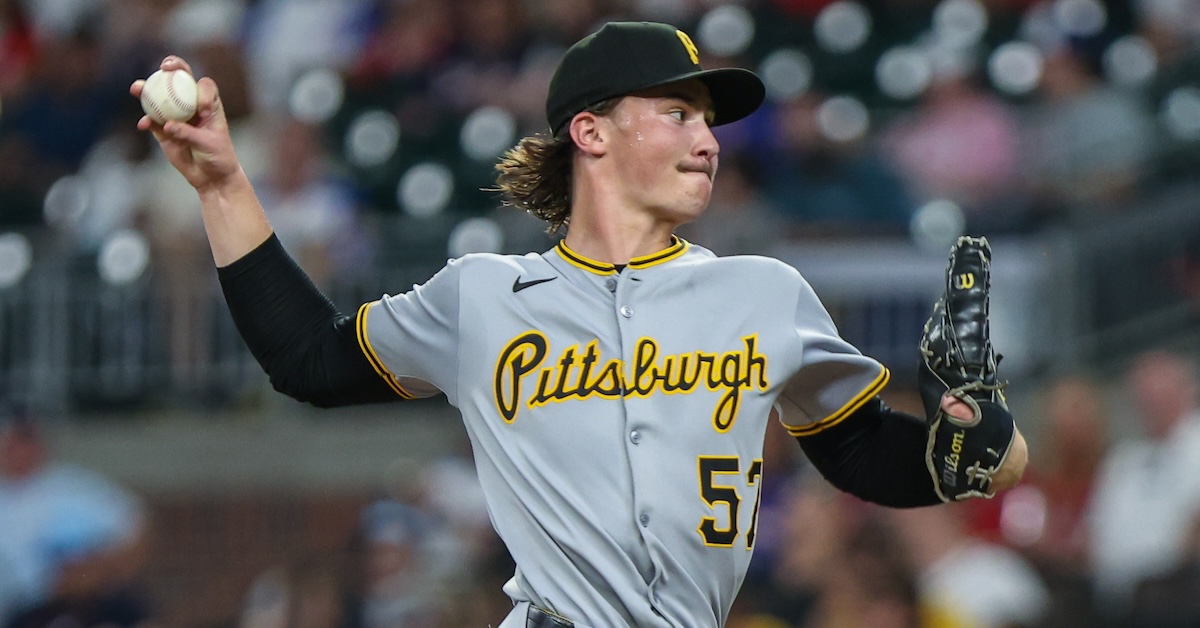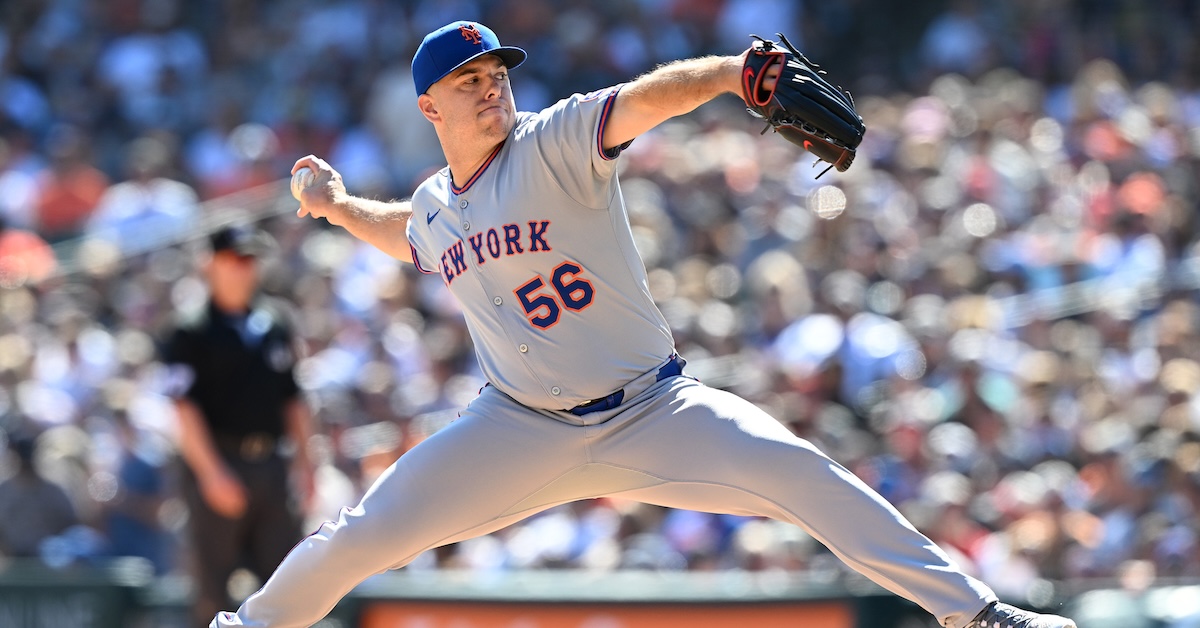Stick Wyatt Langford in Center, Cowards!
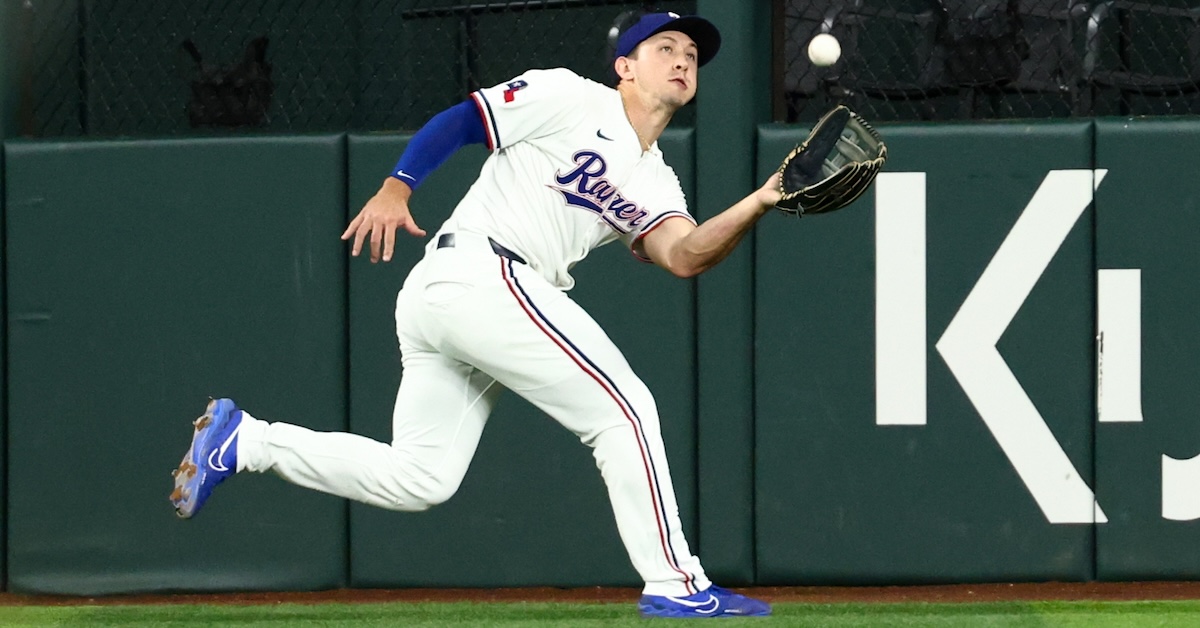
During an introductory press conference for outfielder Brandon Nimmo this week, Rangers president of baseball operations Chris Young somehow expressed both confidence and uncertainty about his newest acquisition. Nimmo, he said, would handle right field for the Rangers in 2026, though he didn’t sound too sure about it.
“We’re not 100 percent committed to [Nimmo in right],” Young told reporters on Monday. “I think it’s likely where he’ll play, but [those are] conversations that we’ll have with Brandon, with [manager] Skip [Schumaker] and with Wyatt [Langford], and really making sure that we understand all aspects of this and where they’re most comfortable. I do think we have three very good, talented, very talented outfielders. At the outset, I think it’s likely Brandon plays right, but I think that’s a further conversation.”
There are a number of considerations here. Nimmo, at this phase of his career, is almost certainly best in left field. His knees are jacked up; his arm is noodle-adjacent. Evan Carter nominally profiles as a center fielder, but injuries have kept him off the field for much of the last two seasons; it’s possible a corner could be the best way to ensure his availability. Langford’s known right field experience is limited to a single game for the 2022 Peninsula Pilots of the collegiate summer Coastal Plain League.
In my view, there’s only one way to sort this mess out: Commit to playing Langford in center. Read the rest of this entry »

